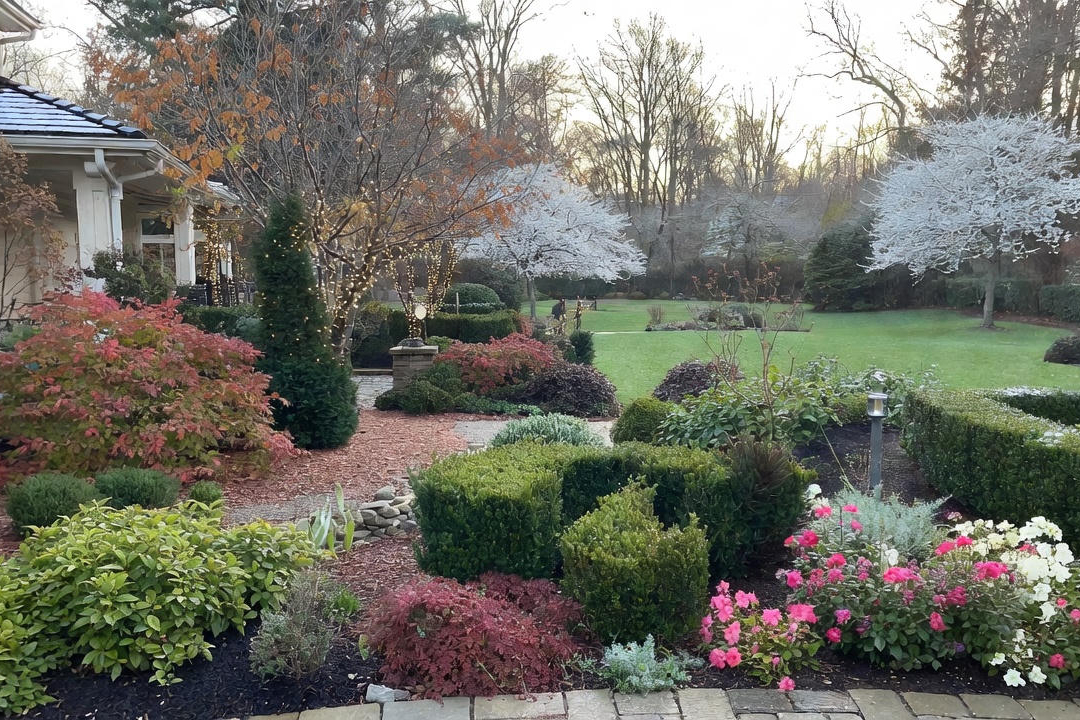Vegetable gardens are quickly becoming the largest new installment in ornamental landscapes across the United States. They are appearing in front lawns, side yards, and back gardens as ornamental fixtures. While they used to ONLY be a traditional rowed planting experience, modern vegetable gardens are ornamental, beautiful, and an investment in the community.
While most gardeners think they have to till the soil over when they plant a vegetable bed – or even a new perennial bed – it is not necessary. In fact, it is much healthier to use a till-free technique.

Why Choose a Till-Free Soil Technique
For generations, traditional garden bed soil has been turned over in order to loosen the soil. Yet from an ecological perspective, turning the soil over is bad because all the millions of bacteria and microbial life are killed when they are exposed to air and sunshine. It is this amazing tiny life in your soil - an entire ecosystem - that enables your plants to grow strong and happy.
It is important to know that when you turn soil over it loses fertility and viability because you are killing that microbial life that is so critical to good soil health. Using a no-till or till-free gardening method can enable better success with plants and growing.

Till-Free Layering Technique
As a part of the till-free gardening technique, it is important to first remove the grass. Some people choose to keep it and simply solarize the grass or lay down a kill-mulch such as cardboard over the top to kill it naturally. Once the grass is gone and debris is removed, then begin layering organic ingredients.
This is easy to do - just add a new layer every season based on what organic material you can find to amend the layer. For example, for the first season, lay out a layer of rotted manure and dried leaves. Next season, add a one-inch layer of organic bagged soil. Then the next season, add a layer of mulch. After that, add another layer of organic bagged soil. This technique of consistently adding new layers of soil, manure, and mulch while NEVER turning over the soil encourages the microbial growth beneath the soil's surface to explode with life.
Once you establish several seasons of soil layers, you will see a payback in plant growth. Benefits of a till-free garden include less watering, less weeding, and less need for fertilizer. All of this is better for the environment and better for you because it saves you time and money. Established till-free gardens are loose to the touch and very rich after years of building it up with natural organic ingredients.
Download iScape now and see how easy it is to add plants to your landscape designs for smart gardening success. Or, if you need some design help, Hire-a-Designer now and let the iScape pro’s help guide you! iScape it!




ds.jpg)
.jpg)
